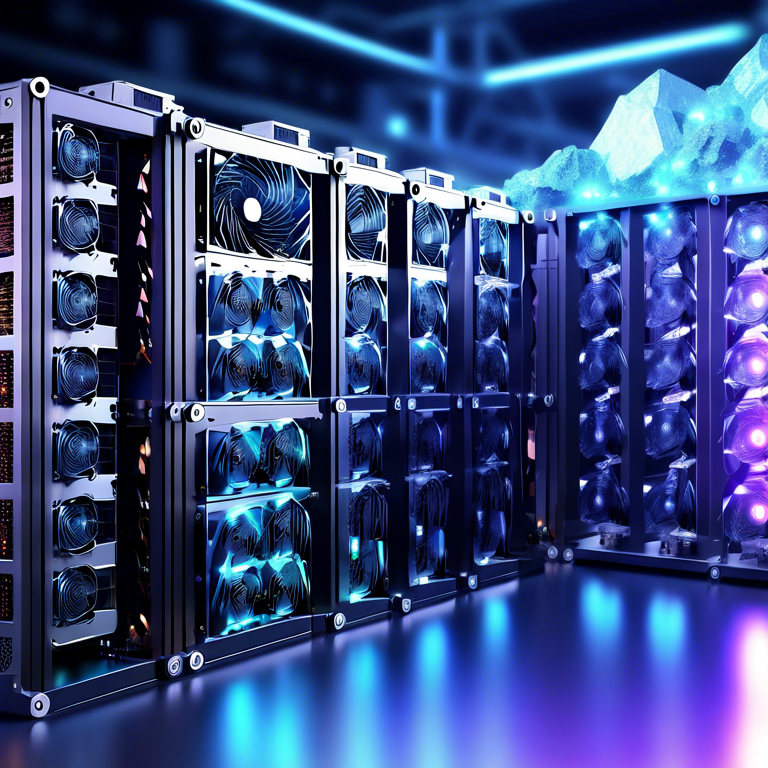【bybit api】crypto mining prices,crypto mining gpu prices
Exploring the multifaceted world of crypto mining,bybit api this article delves into the various cost factors that influence the financial feasibility of engaging in this digital endeavor. From the upfront investment in specialized hardware to the ongoing expenses of electricity, we examine how these variables can significantly impact profitability. This comprehensive review aims to provide insights for both budding and seasoned miners on navigating the financial landscape of cryptocurrency mining.


Hardware Expenditure: The Initial Investment
Expenses associated with crypto mining commence with the acquisition of mining hardware. ASIC (Application-Specific Integrated Circuit) miners, designed specifically for cryptocurrency mining, represent a significant upfront cost. These powerful machines are optimized for extracting specific cryptocurrencies, such as Bitcoin. Graphics Processing Units (GPUs) are versatile alternatives, albeit less efficient than ASICs for certain cryptocurrencies. The initial investment varies widely, depending on the mining operation’s scale and the chosen cryptocurrency.
Electrical Charges: The Ongoing Operational Cost
Electricity consumption is the most substantial recurring expense in crypto mining. The profitability of a mining operation can be severely affected by the cost of electricity in the miner’s geographical location. High-performance mining equipment requires an immense amount of electricity to operate continuously. Efficient energy use, coupled with sourcing lower-cost electricity, can mitigate these expenses. Innovations in renewable energy sources offer potential cost-saving opportunities for the environmentally conscious miner.
Maintenance and Cooling Systems
Maintaining optimal performance of mining equipment necessitates regular maintenance and an effective cooling system to prevent overheating. The cost of replacement parts and the electricity used by cooling systems, such as air conditioning or specialized cooling mechanisms, add to the overall expenses of running a mining operation. Ensuring a dust-free environment and regular maintenance check-ups can extend the lifespan of mining hardware, thus optimizing its cost-efficiency.
Network Fees and Mining Pool Contributions
Participation in mining pools, where miners combine their computational resources to increase their chances of successfully mining a block, introduces additional costs. Mining pools charge fees, typically a percentage of the earned rewards, for providing their services. Additionally, transactions within the blockchain networks can incur network fees, further eating into the miner’s potential profits.
Conclusion
The journey into crypto mining is fraught with financial considerations. A thorough understanding of the diverse costs associated with hardware purchases, electricity consumption, maintenance, and network fees is crucial for determining the potential profitability of a mining venture. As the cryptocurrency landscape evolves, staying informed about the latest technologies and market trends will help miners optimize their operations for financial success.
In summary, crypto mining entails a variety of costs that can significantly influence the bottom line. By carefully considering the expenses related to hardware, electricity, maintenance, and fees, individuals can make informed decisions about engaging in this digital endeavor. The financial feasibility of crypto mining depends on a miner’s ability to manage and mitigate these costs effectively.
This article address:https://mcdsinc.com/html/23c2599951.html
版权声明
本文仅代表author观点,不代表本站立场。
本文系author授权发表,未经许可,不得转载。